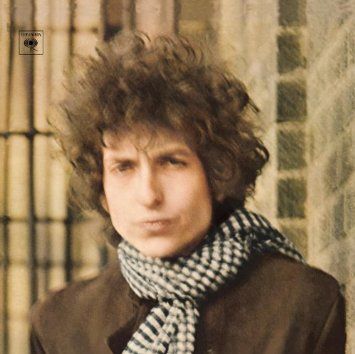When word spread last year that numerous researchers at the Karolinska Institute in Sweden had long been sneaking Bob Dylan lyrics into their work, sometimes unbeknownst to one another, a librarian at the university got to wondering.
“I thought, ‘These Swedish guys, they can’t be unique,'” recalled the librarian, Carl Gornitzki, himself a Swedish guy. “It was just a curiosity.”
Gornitzki and two colleagues decided to investigate how often scientists had cited Dylan in the titles of published medical papers over the years. They scoured the literature dating back decades for any mention of Dylan’s song and album titles. And the hits just kept on coming.
In total, the trio found more than 200 examples of papers that “unequivocally” cited Dylan, along with many others that likely referenced the American troubadour’s work, according to a study published Monday in The BMJ.
Perhaps not surprisingly, the two most cited Dylan songs were “The Times They Are A-Changin'” (135 articles) and “Blowin’ In The Wind” (36 articles). Other popular titles: “Like a Rolling Stone,” “All Along the Watchtower” and “Knockin’ On Heaven’s Door.”
Sometimes the references were straightforward, but sometimes they involved groan-inducing puns. Think “Knockin’ on pollen’s door: live cell imaging of early polarization events in germinating Arabidopsis pollen” or “Like a rolling histone: epigenetic regulation of neural stem cells and brain development by factors controlling histone acetylation and methylation.” Occasionally, the references were downright inspired. One author in Burns, the journal of the International Society for Burn Injuries, began a piece by writing, “Come editors and authors throughout the land. . . . ” Each proceeding passage began with a quote from the same Dylan song.
The first Dylan-citing article the researchers found appeared in the Journal of Practical Nursing in 1970, eight years after the release of his self-titled debut album. The citations continued through much of the 1970s, then dropped off sharply before rebounding beginning in 1990.
Gornitzki, a Dylan fan himself, isn’t quite sure why. But he has a guess. “Dylan had quite a bad period in the ’80s, like many artists had,” he said. “He didn’t make many good albums then, basically.”
Citing Dylan in a paper didn’t appear to help generate more attention in the research community, the study authors found. In fact, they wrote, “Dylan articles are cited slightly less than other similar articles.” It also remains unclear how references to Dylan in academic articles compare to that of the Beatles, the Rolling Stones or other iconic musicians. Someone suggested that Gornitzki dig into references of Abba lyrics, but that particular project will have to wait.
Gornitzki said he believes the new findings could lead to fewer Dylan references in the future – although that wasn’t the intention – because researchers can see they weren’t quite as clever as were intended.
“Every researcher who cited Dylan thought they were unique,” he said. Instead, using his lyrics has become almost cliche, at least when it comes to the most obvious hits.
And how does Dylan himself view the medical profession, which seems to turn to his work for inspiration (and puns) in its academic writings?
“I wish I’d have been a doctor/Maybe I’d have saved some life that had been lost,” he wrote in “Don’t Fall Apart On Me Tonight” in 1983. “Maybe I’d have done some good in the world/’Stead of burning every bridge I ever crossed.”






